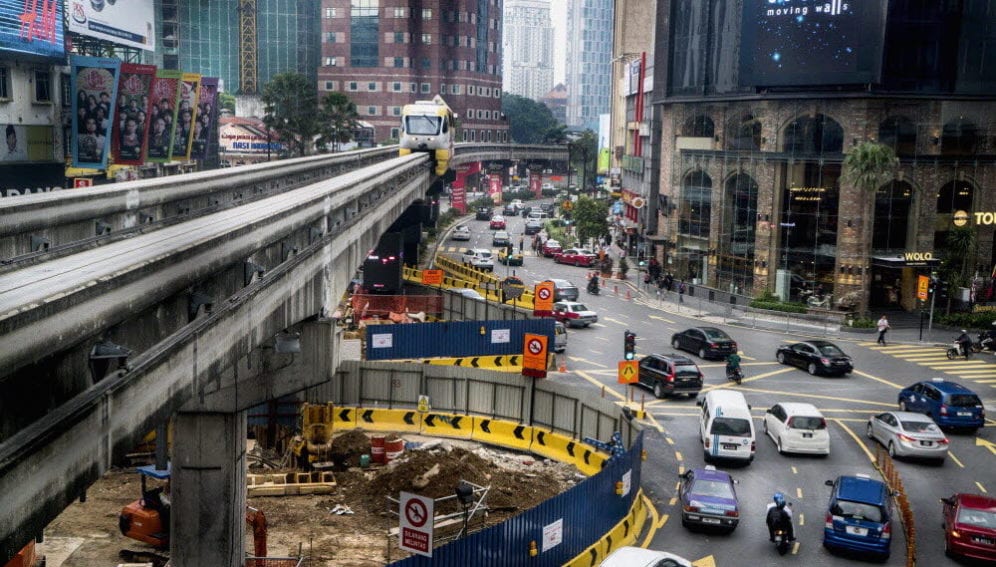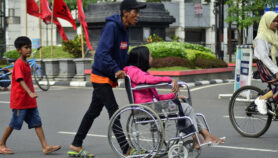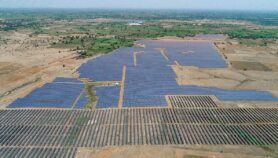By: Natalie Heng
Send to a friend
The details you provide on this page will not be used to send unsolicited email, and will not be sold to a 3rd party. See privacy policy.
If one were to take the press release issued by the Malaysian Industry-Government Group for High Technology (MIGHT) on 28 September at face value, one could be forgiven for assuming its lead announcement about Malaysia’s GDP per capita exceeding for the first time the average of all nations was somehow connected to developments in the country’s science, technology and innovation scene.
The press release notes down the role of the Global Science and Innovation Advisory Council (GSIAC), run jointly by MIGHT and the New York Academy of Sciences, in advising how science and innovation should be incorporated into Malaysia’s ambitious goal of upping its GDP per capita to reach the threshold of developed country status by 2020.
The press release alludes to a variety of collaborations and initiatives to reach this goal, featuring selective quotations from the Global Innovation Index (GII) report crediting Malaysia as an innovation achiever in the last four years.
Despite all this talk, there are long-standing challenges that form a bottleneck to Malaysia’s success when it comes to fulfilling our S&T potential.
Some challenges are mentioned in GSIAC’s own assessment conducted by independent reviewers who raise the lack of coordinated or dedicated funding to ensure implementation of projects as well as obtaining buy-ins to scale up programmes nationwide.
And if one took the time to conduct a closer inspection of the GII report, one would find out that Malaysia’s innovation efficiency rank fell from 52 in 2013 to 77 in 2014, an indication of the need to review government policies concerning the implementation of government-sponsored R&D funds.
Arguably, the media have a role to play in introducing critical discussions that go beyond PR-generated news bites that make it into local headlines.
To do this, we need to engage relevant institutions and agencies — and the GSIAC would be a good place to start. However, Malaysia’s notoriously poor response rate to public media inquiries remains a major barrier to meaningful discussion. Malaysia may aspire to achieve developed nation status by 2020 but it is still struggling to have an open conversation with itself.
So, what's being done to remove the bottlenecks in science and technology so Malaysia can fulfill its national potential? If you’re keen on knowing GSIAC's thoughts, don’t hold your breath. I’m still waiting for their response.
This article has been produced by SciDev.Net's South-East Asia & Pacific desk.














